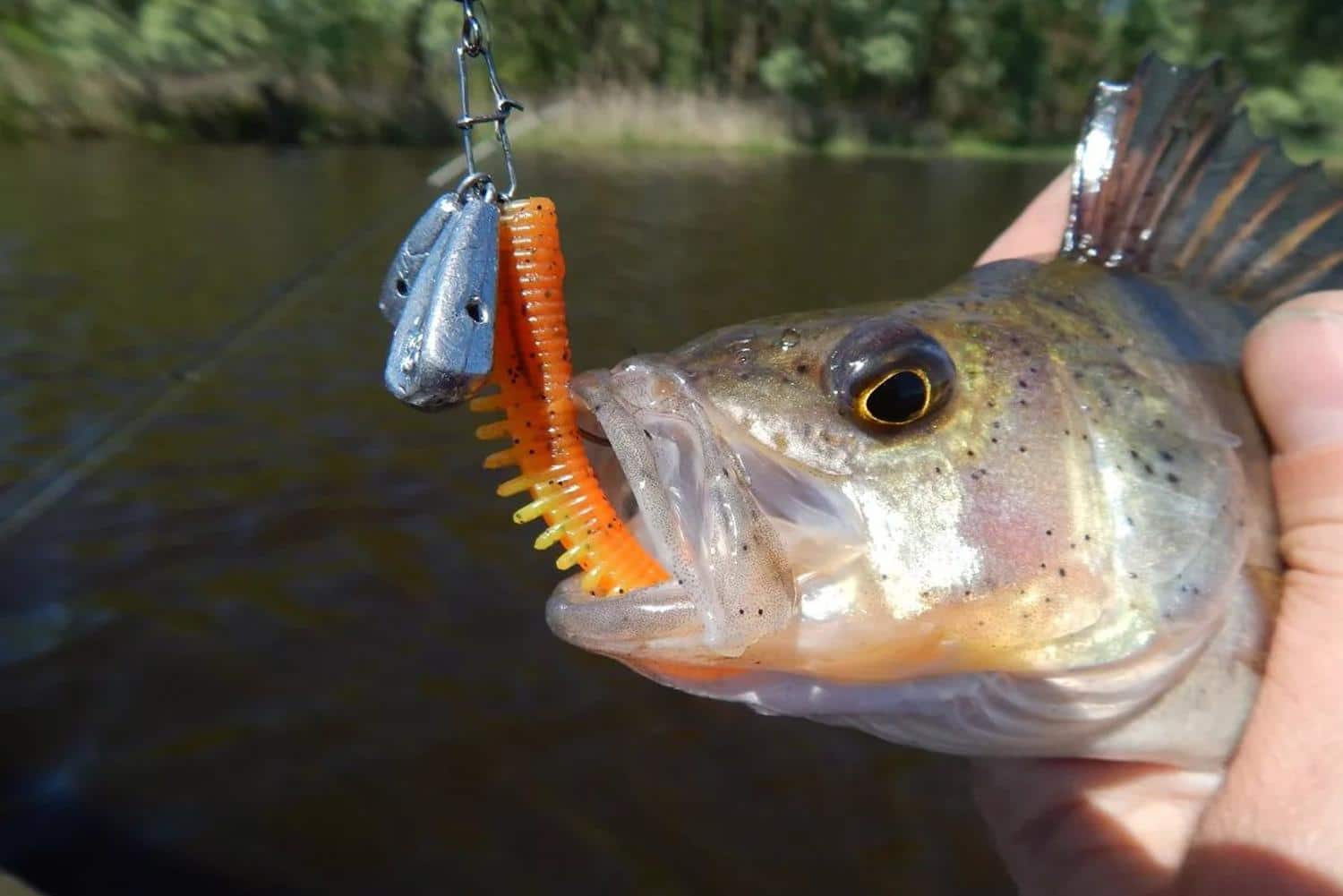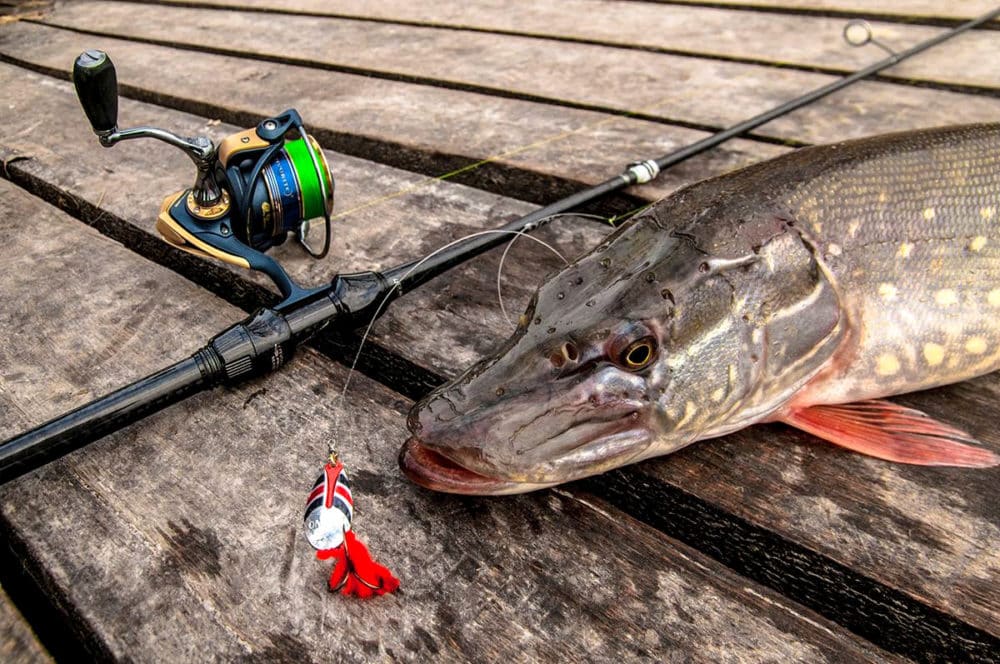Jig rig (jig-rig zag., Colloquial zig rig) is a rig and the method of jig fishing of the same name, invented in the USA and used there mainly for catching bass perch. It is used in difficult areas in order to reduce the number of hooks and breaks, as well as to improve the quality of wiring on overgrown and cluttered bottom.
- Design features of jig rig equipment and installation methods
- How else to assemble a jig rig with your own hands: several options with photos and videos
- Weight pickup
- How not to do – jig rig installations that will work poorly / will not work at all
- How to use the jig rig: wiring and fishing for perch, pike, pike perch; places of application
- What is your strength, jig-rig?
- About animation and features
- When and where the advantages of jigrig rigging outweigh the disadvantages
- What you need to know about tackle
- Поделиться ссылкой:
Design features of jig rig equipment and installation methods
Structurally, the rig is a hinged joint based on a winding ring, a fastener and / or a swivel, a sinker and an offset hook with a bait. Passive rubber (worm, slug, crayfish) is most often used as bait, due to the fact that it is with such silicones that the zig-rig is fully revealed on lazy wiring through a passive predator, and also for the reason that the main type of predator when fishing for a similar tackle – perch. Floating rubber is also a good option. During pauses, such silicones become in the position of a feeding fish, without falling into silt or other debris, and additionally attract a predator.
But! It is worth noting that if the predator is quite active and it is planned to catch it with ordinary jig wires (“step”, “American”, wavy), then it is necessary and possible to use active running vibro-tails and twisters with active play.

How else to assemble a jig rig with your own hands: several options with photos and videos
Due to the fact that jig rig equipment is not very common in the CIS countries, it is not always possible to buy it ready-made, and the cost of purchased options is incomparably higher than a self-assembled installation. You will need a sinker:
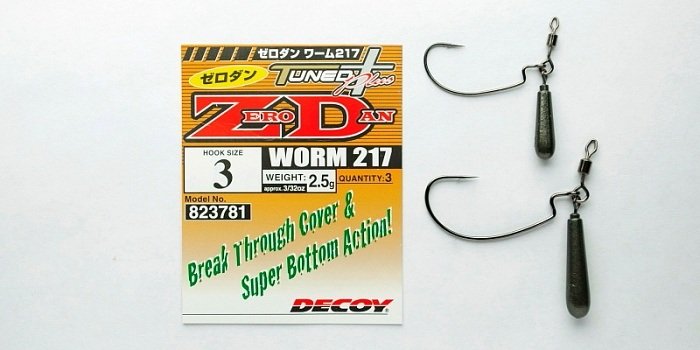
It is important! The cross-section of the bait at the widest point should not be larger than the cross-section of the widest (always bow) part of the weight. That is, in order for the jigrig to hit the long-range, the silicone must always be hidden behind the load flying in front, like a bullet.
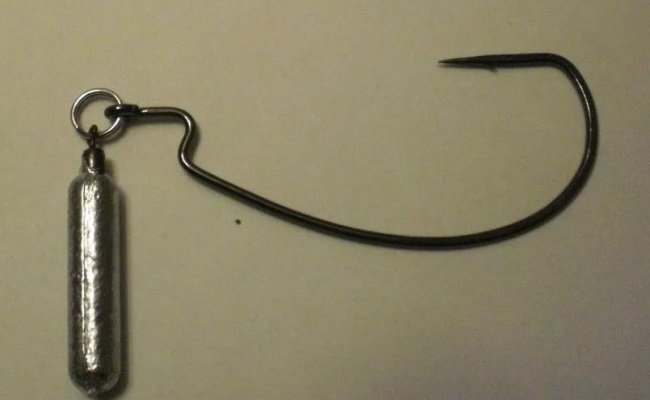
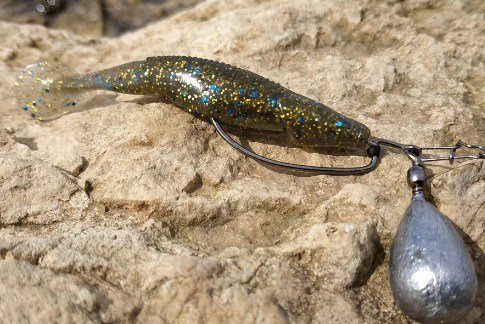
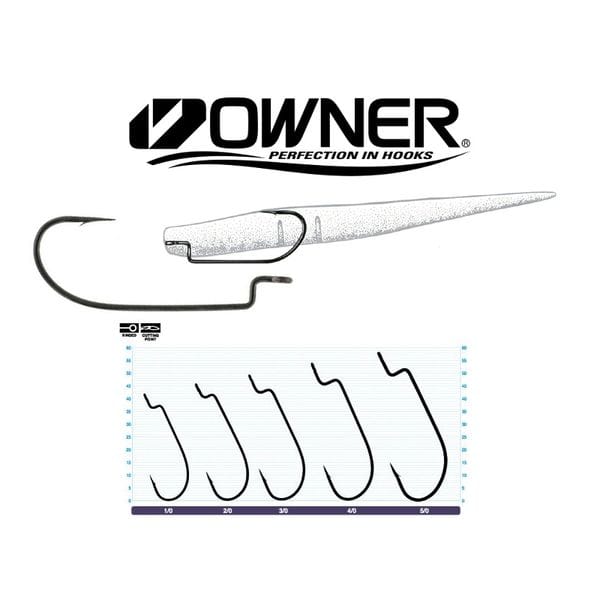
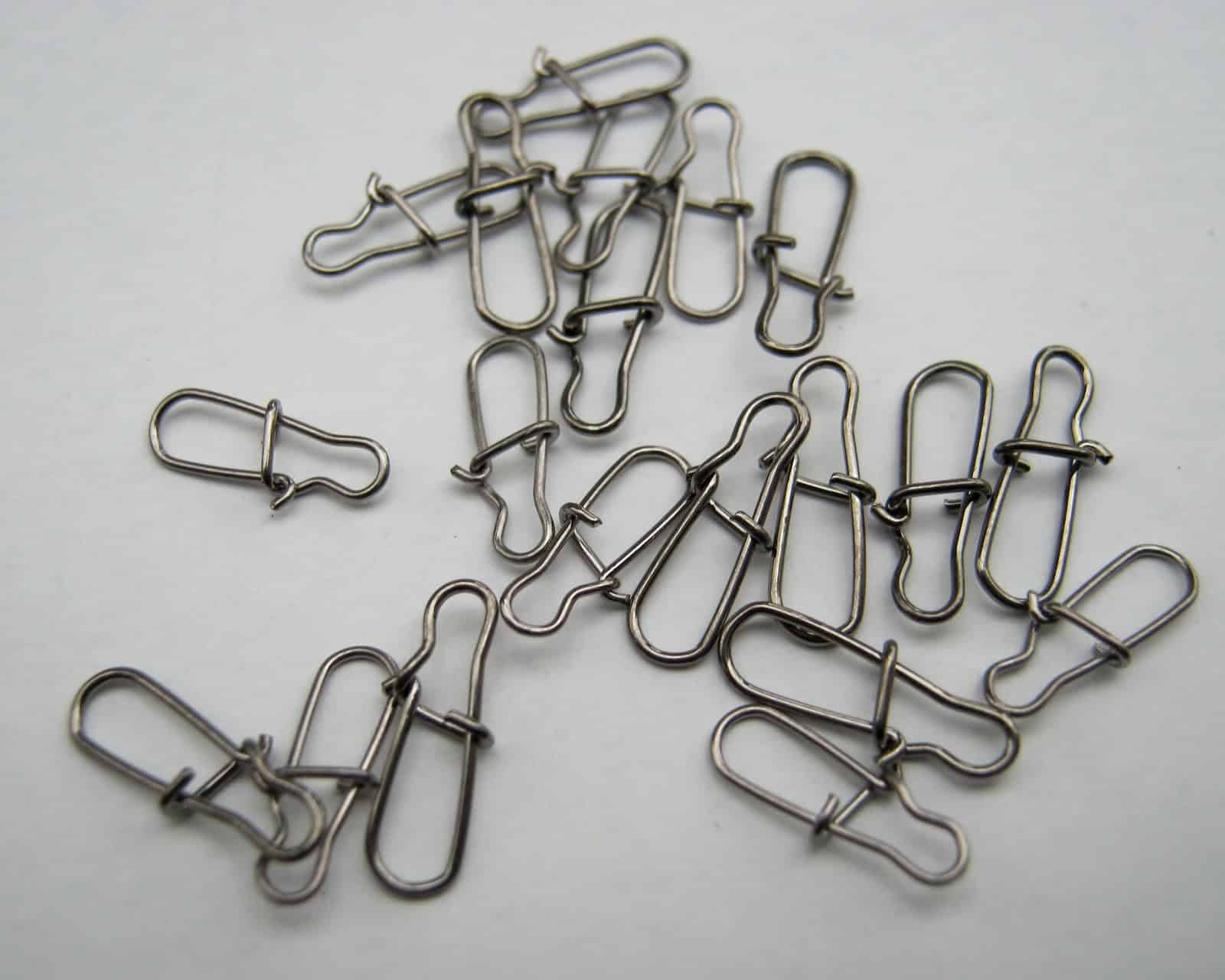
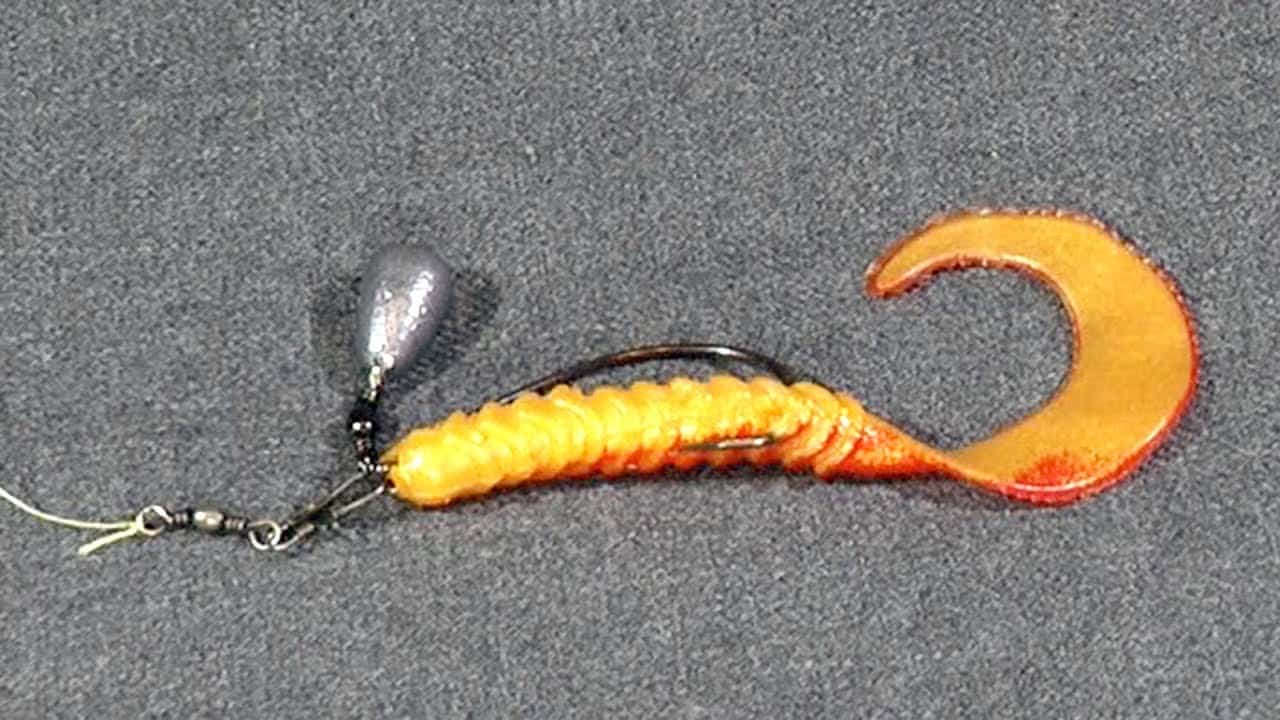
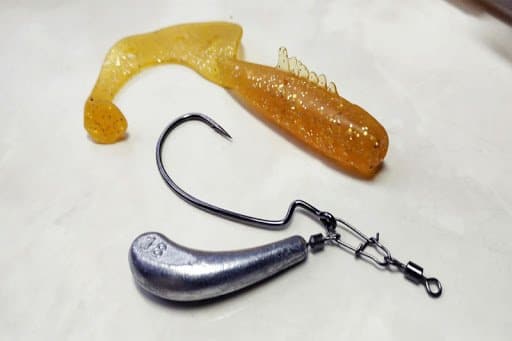
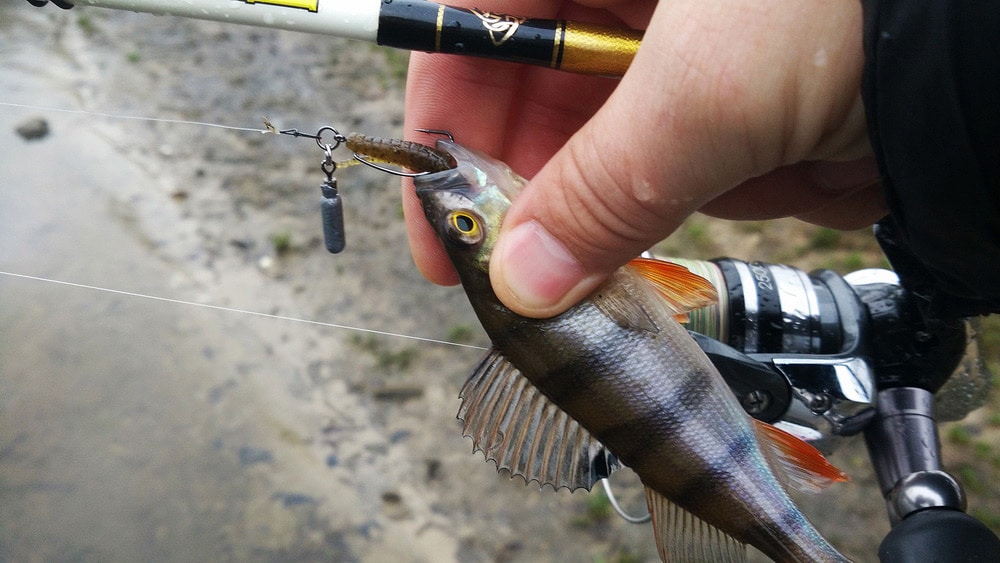
Important! For jigrig, it is better to use sinkers with a swivel built into the tip.
Weight pickup
The weight of the sinker is selected for the tackle, bait and the required casting distance. The larger the bait, the larger the weight should be, either in weight or in diameter. That is, the weight should be commensurate with the size of the bait, both in size and in weight. Do-it-yourself jig rig installation with a video tutorial from an expert: https://youtu.be/myrdsvbMxyc
How not to do – jig rig installations that will work poorly / will not work at all
The first thing to remember! The size of the bait must be smaller than the size of the lead in diameter, otherwise one of the advantages of the jig rig equipment will be lost – the range and throw, in comparison with the usual jig rigging. In this installation, the weight always flies / floats in front, and if the bait is not commensurate with the size of the weight, then it will sail and somersault in the air, and behave unnaturally in the water and interfere with animation and wiring.
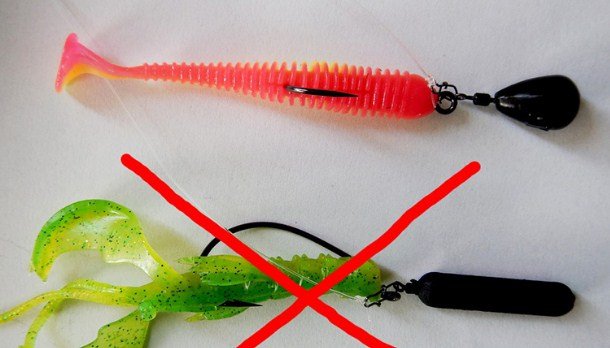
How to use the jig rig: wiring and fishing for perch, pike, pike perch; places of application
If the Americans catch bass with jigrig, then our spinners got used to using it for catching perch, pike, pike perch, that is, that predatory fish that often stands at the very bottom. Based on the design features, jig rig equipment is used for fishing from the bottom, in contrast, for example, to
Tokyo-rig , which goes at some distance from the bottom. This basic quality determines the places of application of this installation, the peculiarities of fishing, the advantages and disadvantages of using jig rig equipment in various conditions. Let’s walk briefly on the advantages and disadvantages of installing a jig rig.
What is your strength, jig-rig?
Pros:
- Possibility of the laziest animation for a passive predator . Jig-rig allows you to effectively fish out local points on the bottom, literally centimeter by centimeter, working through the entire promising location.
- The freedom to choose the animation of the bait . How to find out further and plus and minus, depending on how you look. Now about the pros. Variability in the behavior of the bait, as well as in the way it is fed. Dragging from monotonous to rather bold, twitching, tossing, uniformity of various speeds, a step at the bottom and along the bottom.
- Range , as the most important quality, for which you should love this type of installation. Excellent flight performance if the rig is correctly assembled – without unnecessary friction in the knots, and if the bait-lead bundle is correctly selected. This is achieved due to the minimum frontal resistance, with a properly selected running weight. Thus, running jig weights with narrow lures will always fly farther than the same lures on a jig or cheburashka.
- The possibility of using with floating rubber , in this case, shows almost the best results.
The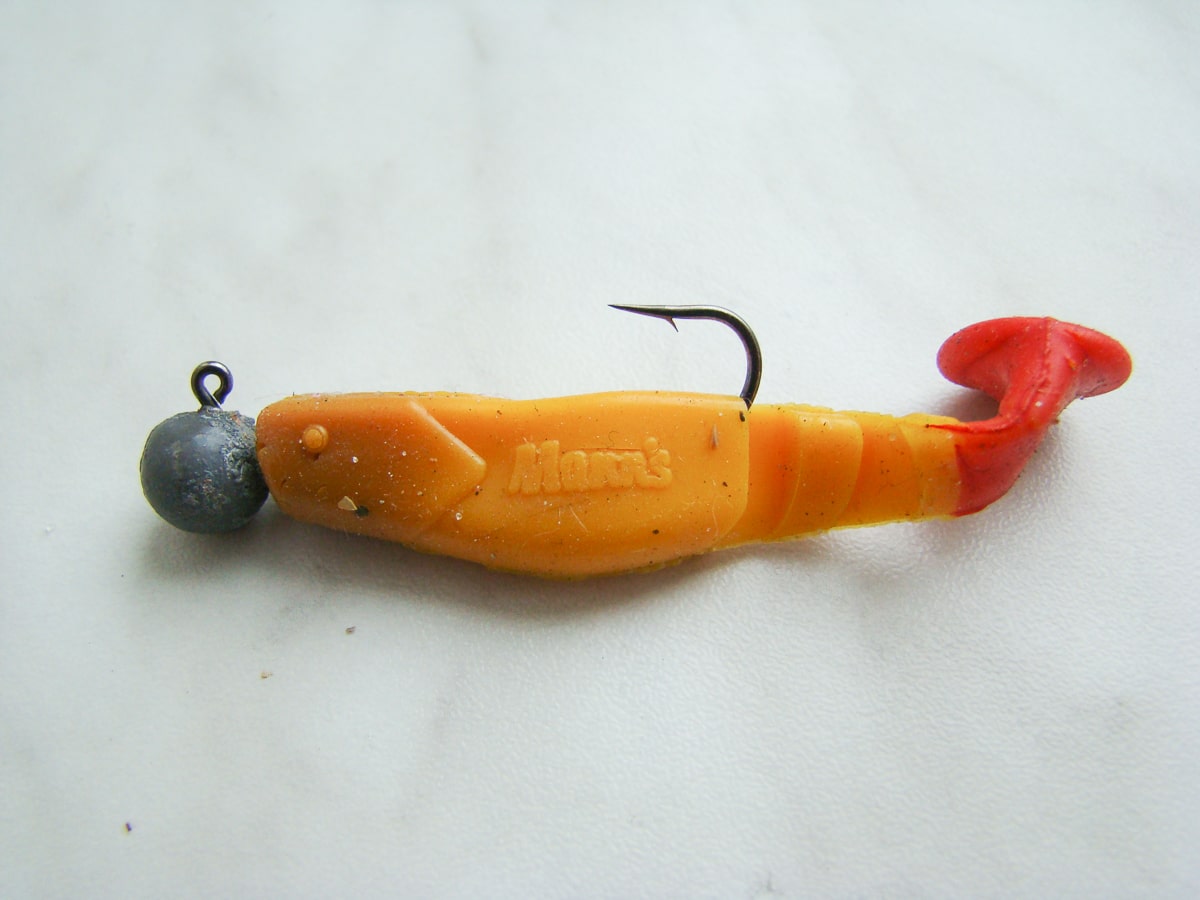
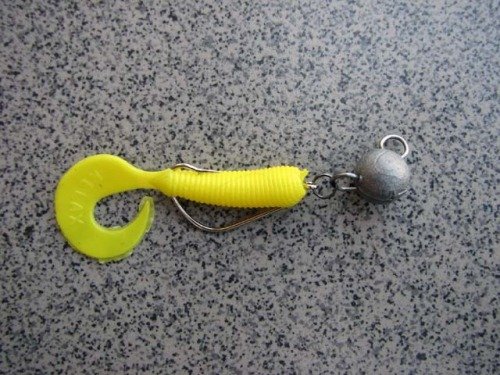
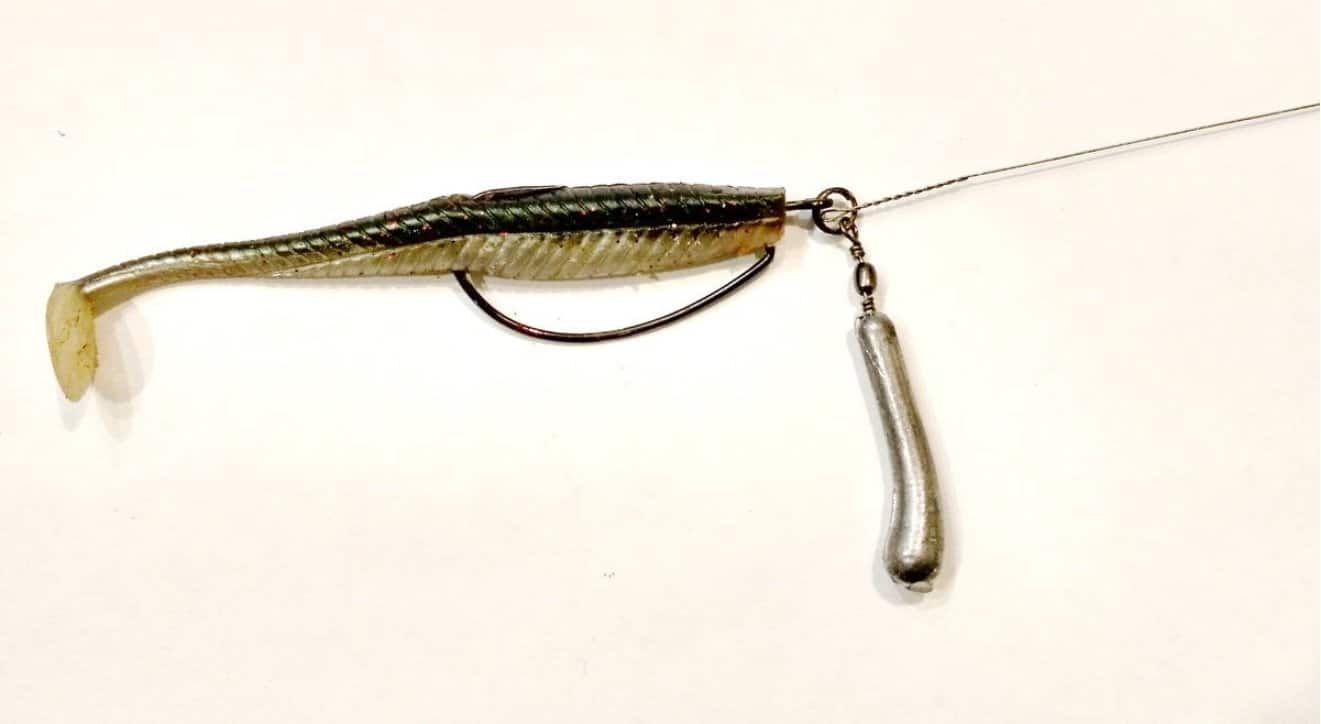
- The complexity of bait control , due to the fact that silicone behaves ambiguously in such an installation. The weight-stick constantly falls to the bottom, which gives the bait unnatural and unfamiliar to the angler (and fish, too) movements. Also, the bait on this installation behaves unpredictably during pauses, which makes standard ladder wiring impossible.
- The weight and shape of the sinker greatly affects the game of the bait . Hence the conclusion – jig-rig bait is smart and requires smart conscious actions from the fisherman. But this is both a plus and a minus – as anyone.
You should understand why exactly you are using a rig jig in a given situation. If you need the longest possible cast, we use a load – a stick, for a clearer behavior and a sense of the bait, it is better to take an olive load or a drop, as in the photo below:
About animation and features
A jig rig implies the ability to apply the smallest bait to the largest possible distance, while maintaining the adequacy of the behavior of the silicone fish on the wiring. Based on the above advantages and disadvantages of a jig rig, the following conclusions can be made regarding the methods of wiring, confirmed by practice. There are several ways to carry out the bait on the jig rig. It can be slow dragging along the bottom of the sinker with or without pauses, while the bait moves at some distance from the bottom. Such wiring is especially to the liking of pike and perch. Pulling along the bottom of the jig-rig has seduced more than one minke. The best option for this method of wiring is a Tyrolean stick jigrig equipped with a passive worm / slug or a running vibrotail.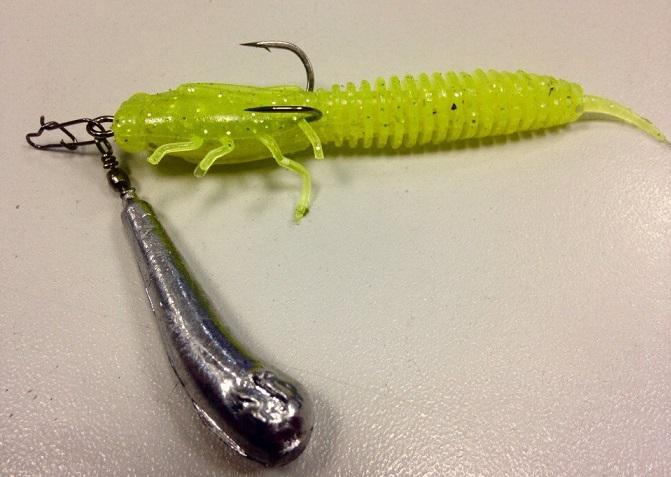
When and where the advantages of jigrig rigging outweigh the disadvantages
The positive aspects of a jig rig compared to a hinged mounting and a conventional jig head are manifested in ponds with small vegetation or muddy bottoms. In this case, this rig does not collect this garbage so much, since only the weight sinks in the jigrig.
It should be understood that this applies only to small debris at the bottom (grass, leaves, small-small pebbles) and a muddy sinking bottom. For a larger fraction of garbage, a Tokyo rig will work better
.
https://youtu.be/KQG88lylMBE Fishing for perch on a jig rig – video practice (search, posting, bait feeding): https://youtu.be/RG4IXHhxiZc
What you need to know about tackle
In general, the tackle is selected the same as for a regular jig. There are no special nuances, since the fishing tactics are almost the same – posting, casting, requirements for sensitivity and range. That is, a typical set for fishing with a jig rig will be the following – a fast or extra-fast action jig rod, a meat grinder reel 2000-2500 according to Shimano, a 0.08-0.15 cord, depending on the fishing conditions, the lures used and the fishing object. The optimum length for the shore is 2-2.7 meters, for a boat it is 1.9-2.4 meters. That is, you can take a station wagon in a length of 2.4 meters. It is also typical to use a fluorocarbon leader, which, along with less visibility, has a remarkable quality – rigidity, which reduces the number of overlaps compared to a bait directly connected to a cord. For some reason, it seems to us that the boom in popularity of such equipment as jigrig is still ahead,in view of the fact that our CIS angler in most cases is rather wary of everything new. He needs to communicate everything, try everything, make hundreds of casts and dozens of cliffs, MANDATORY! to catch something and only then, perhaps, will the belief in the bait / tackle / method of fishing and other novelties come, which are not new abroad for a long time … Our opinion is if the installation of a jig rig is used consciously, emphasizing its advantages and minimizing disadvantages, it can be successfully applied to our “standard” bottom predator – perch, pike, pike perch. In addition, it should be noted that this type of installation is simple and cheap. Which makes it affordable for most beginners as well as experienced spinners.try everything, do hundreds of casts and dozens of cliffs, MANDATORY! to catch something and only then, perhaps, will the belief in the bait / tackle / fishing method and other novelties come, which are not new abroad for a long time … Our opinion is if the installation of a jig rig is used deliberately, emphasizing its advantages and minimizing disadvantages, then it can be successfully applied to our “standard” bottom predator – perch, pike, pike perch. In addition, it should be noted that this type of installation is simple and cheap. Which makes it affordable for most beginners as well as experienced spinners.try everything, do hundreds of casts and dozens of cliffs, MANDATORY! to catch something and only then, perhaps, will the belief in the bait / tackle / method of fishing and other novelties come, which are not new abroad for a long time … Our opinion is if the installation of a jig rig is used consciously, emphasizing its advantages and minimizing disadvantages, it can be successfully applied to our “standard” bottom predator – perch, pike, pike perch. In addition, it should be noted that this type of installation is simple and cheap. Which makes it affordable for most beginners and experienced spinners alike.emphasizing its advantages and minimizing disadvantages, it can be successfully applied to our “standard” bottom predator – perch, pike, zander. In addition, it should be noted that this type of installation is simple and cheap. Which makes it affordable for most beginners and experienced spinners alike.emphasizing its advantages and minimizing disadvantages, it can be successfully applied to our “standard” bottom predator – perch, pike, zander. In addition, it should be noted that this type of installation is simple and cheap. Which makes it affordable for most beginners and experienced spinners alike.
